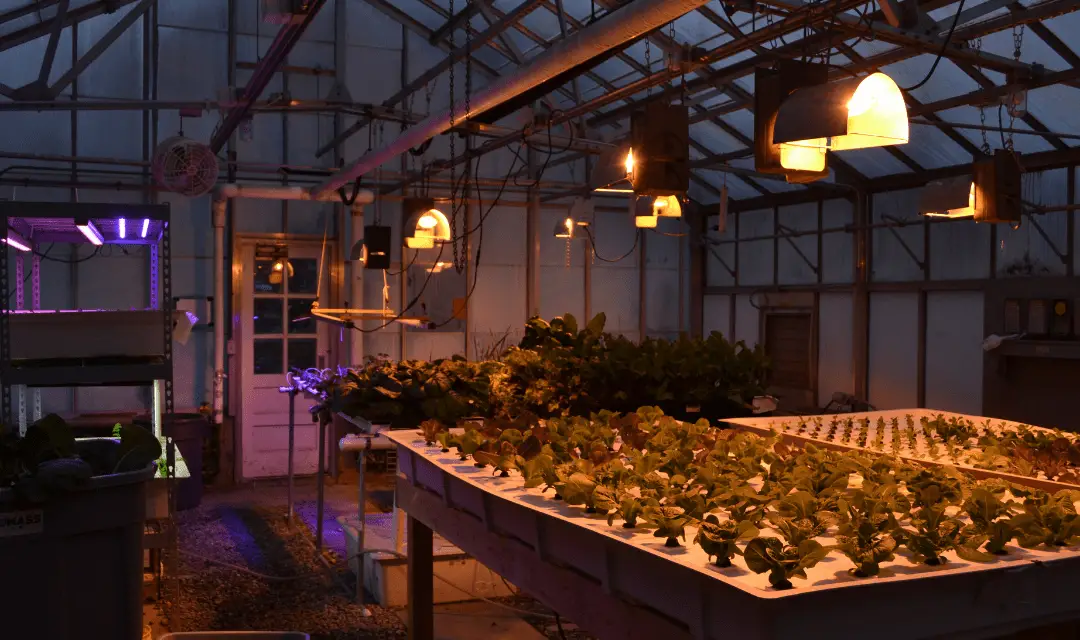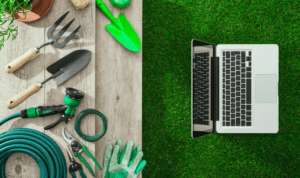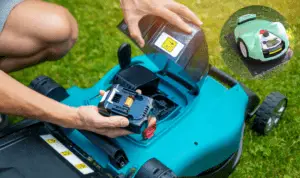In this article, we shall discuss the query do hydroponic plants grow faster. With everyone having extra time to spare due to the pandemic, more people have become plant hobbyists. The appeal of growing a small and simple garden especially in the urban jungle like dense cities has inspired a new generation of plantitos and plantitas. Gardening provides a way to relax while also helping purify the air by absorbing carbon dioxide and other harmful gases.
Recently, a new form of gardening has emerged which dispenses with the traditional way of growing plants in a potted soil or garden bed. With just a special mix of water and nutrients, plants can be grown all year-round.
This is known as hydroponic gardening. Derived from the Greek word hydro meaning water and ponos which means labor, it quite literally means working water. Essentially, hydroponic gardening is soilless gardening.
The nutrients that plants need is provided directly in the water solution where the root system is found. Hydroponic gardening is a technology in plant cultivation which has a strong potential for future use especially in sprawling apartment living.
It can also provide an answer to the growing decline of land area available for planting brought upon by aggressive infrastructure developments.
This article will also provide the basics on hydroponic gardening and will offer an insight whether it is a sustainable practice way into the future.
Some claim that it is an ancient method which was used in the Hanging Gardens of Babylon and the Aztec gardens in Mexico. Although there existed a crude form of the technology since ancient times, the modern use only emerged in the 1930s when William Frederick Gericke released his publications on soilless culture plants.
–Techniquehome
Hydroponic gardening was used in the Second World War by armies finding ways to feed their members. Presently, such method and procedure have been used in controlled environments and in plant hobbyist gardens.
What is hydroponic gardening?
Authors and experts provide different definitions on what characterizes hydroponic gardening. Some like Resh, define hydroponics as the science of growing plants without the use of soil, but by use of an inert medium, such as gravel, sand, peat, vermiculite, pumice, or sawdust, to which is added a nutrient solution containing all the essential elements needed by the plant for its normal growth and development.[1]Resh, H. M. 1998. Hydroponics: Questions and answers for successful growing. Santa Barbara, CA: Woodbridge Press

Harris defines hydroponic gardening as the science of growing plants in a medium, other than soil, using mixtures of the essential plant nutrient elements dissolved in water.[2]Harris, D. 1977. Hydroponic gardening without soil. Cape Town, South Africa: Pumell & Sons
Hydroponic gardening is thus growing plants without the need of soil but instead using other medium like soilless mixes where the nutrients needed for plant growth are directly supplied to the medium. Growing of plants without media is called liquid hydroponic while those with media as aggregate hydroponic.[3]3 Jensen, M. N. 1981. New developments in hydroponic systems, descriptions, operating characteristics, evaluations, In Proceedings Hydroponic Where Is It Growing? Hydroponic Society of America: … Continue reading
For the purpose of this article, however, we will focus on hydroponic gardening using water because that is how it was originally conceptualized.
According to Jones, Jr., the growing of plants in an inorganic substance such as gravel or in an organic material like coconut fiber that are routinely watered with a nutrient solution should simply be referred to as soilless culture but not necessarily hydroponic.
Hydroponic plants get the nutrients they need from a water-based solution which is made from dissolved commercial fertilizer. Other organic materials are also used like manure, wood ash, and kelp.
Do hydroponic plants grow faster, why?
Hydroponic plants yield more produce and grow faster than plants in traditional soil gardening. Of course, this will depend on the actual system used by the gardener and the quality of care devoted to growing plants.
Nonetheless, hydroponic gardening offers a great deal of advantage in terms of fast growing and quantity of produce.
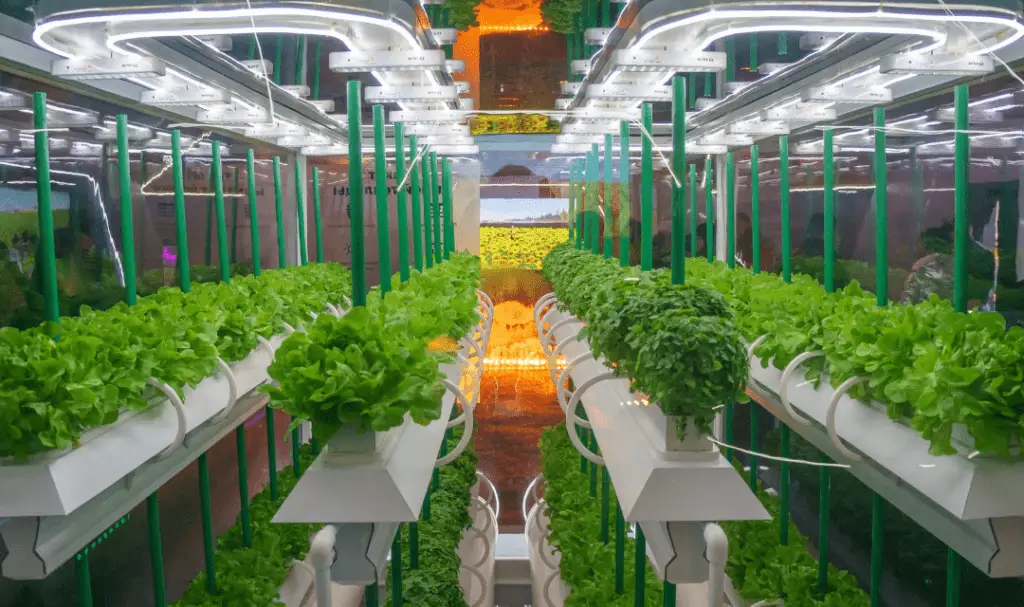
One of the reasons for this is because gardeners can manipulate and create the best mixture of nutrients that their plants need. This can then be directly applied to the root system by a continuous flow of nutrient solution.
Since the plants are planted in water, there is no other material that absorbs the nutrients thereby eliminating wastage. Plants can tap directly on these nutrients without the need of exerting energy looking for these nutrients. The result is that the plants grow upwardly instead of growing out.
Hydroponics also limit the exposure to pests and diseases. Water as the medium is almost always sterile and gardeners can pick their water source which is clean and free from contaminants.
This greatly eliminates the risk of pest infestation which is common in soil gardening. Most hydroponic gardening is also indoors which shields the plants from the elements.
Hydroponic plants are also grown in controlled environments which makes growth more stable. Some gardeners can also use automated systems where plants can consistently get the nutrients they need and lessen the risk of human error.
Growth can also be maximized where plants do not overcrowd and compete for nutrients since there is an equal and even distribution of nutrient solution.
How do plants grow hydroponically?
Hydroponic plants grow through a regulated and controlled environment where the temperature, pH balance, and nutrient exposure are emphasized. Plants get their nutrients in the right amount exactly when they need it.
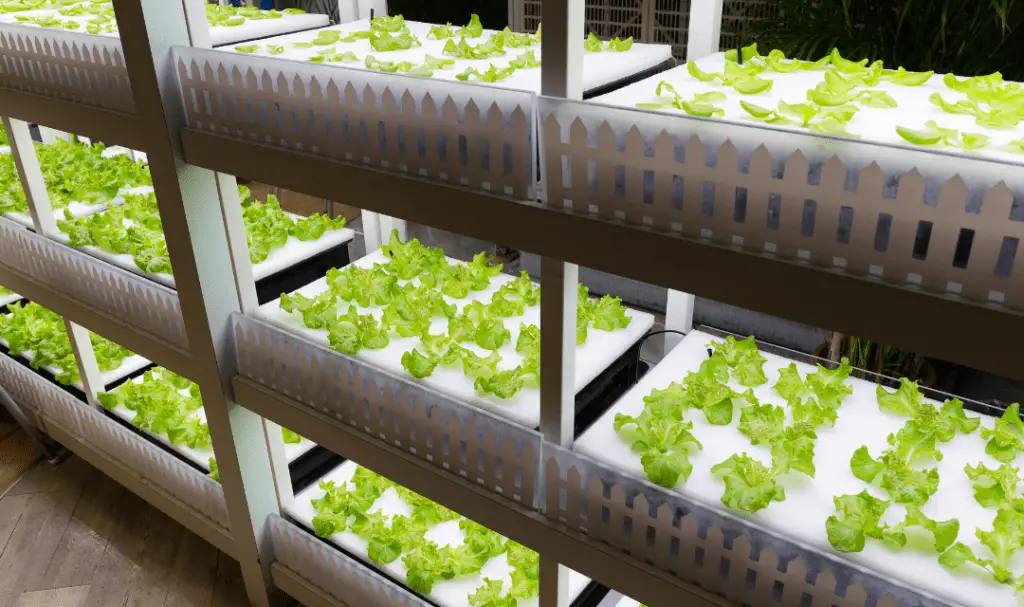
This is done by placing the plant in a hydroponic pot or a reservoir where the roots touch the nutrient-rich water mixture. The nutrient solution then gets absorbed by the roots.
This is called the deep-water system. Another type of this is the wick system where the water-nutrient mixture passes through a wick to get to the plants’ roots.
The nutrient-film technique is another system where the water-nutrient mixture is pumped with the help of an air pump and gravity. The continuous cycle of the mixture traversing through the root system is akin to a conveyor belt where plants can always rely to get the nutrients they need.
Essentially, hydroponic plants grow by directly tapping to the nutrients in the water instead of finding it through the soil.
How hydroponic gardening works?
Hydroponic gardening systems are becoming an increasingly popular way to grow more than a few vegetables, flowers, or herbs indoors. These systems work by growing plants in sand, gravel, and water–automatically supplied and recycled with an automatic system at relatively low cost.
This type of gardening is done without soil. Plants are grown in a solution that contains all the nutrients they need to grow. There are several types of hydroponic gardens and setups but the methods are all similar. Let’s take a look at how hydroponic gardening works.
Hydroponic gardening uses a growing medium and an inert growing medium to hold the plant’s roots above the water line and let them absorb oxygen. The inert growing medium can be either rockwool[4]Growing In Rockwool Cubes – Is Rockwool Safe For Plants or perlite.[5]Hydroponics Perlite Growing Mediums, Advantages
Rockwool is actually made in part from recycled rocks and is very lightweight, so it makes an excellent substrate for plants. Perlite is made from volcanic rock and also makes a good substrate for plants because it has excellent drainage properties.
The inert growing medium is usually placed in a tray called a reservoir that has holes drilled into it so that water can be pumped into it from below. This allows for more control over the environment for the plants.
The reservoir can be filled with water mixed with different nutrients depending on what stage of growth the plants are in. The growing medium is placed in these trays so that it holds up the plant’s roots above the water line. The roots will absorb carbon dioxide from the air.[6]The Importance Of CO2 In Your Hydroponic Grow Room
What is needed for a hydroponic system?
Assuming that you want to venture in hydroponic gardening, here are some of the components that are needed to have a healthy and worthwhile gardening experience.
- The right growing media
It is the substitute for the soil in traditional gardening. It should support the roots and the plant’s weight. This can either be a mixture of coconut fiber, pea gravel, peat moss, perlite and sand. This does not provide for the nutrients needed by the plants but only serve as the anchor to hold the plants in place and keep it stable.
- Water
It is preferred to be in reversed osmosis because this provides a high level of purification. A purer water will keep the nutrients and the pH balanced.
- Nutrients
Plants should have access to macro and micro-nutrients like nitrogen, potassium, phosphorus, calcium, magnesium, sulfur, iron, manganese, copper, zinc, boron, and chlorine. This can be bought premixed or can be prepared by the gardener himself. It is important to note the right amount, however, to achieve maximum growth.
- Lighting system
Depending on the plant to be grown, the hydroponic system should have access to either sunlight or glow light. For vegetables, a minimum of six hours under light is necessary. Greenhouses can also be built to provide the right amount of light and heat in certain conditions.
- Net pots
These are special type of pots with a lattice material which allows the roots to grow out and access oxygen and nutrients. This can provide better drainage thereby preventing drowning of the plants’ roots.
Is hydroponic food healthy?
Hydroponic plants are an excellent food source. Since they grow healthier from absorbing more nutrients than soil garden plants, they are excellent sources of different nutrients that the human body needs.
Hydroponic gardening does not alter the genetic make-up of the plants, nor does it use harmful fertilizers so there is no expected adverse effect from consuming hydroponic grown vegetables and fruits. In fact, they contain more nutrients.
It is important to note, however, that the gardener still controls what and how he grows his garden. It is best to steer away from dangerous pesticides and fertilizers since these can cause negative effects both in soil garden plants and hydroponic garden systems.
Disadvantages of hydroponic gardening
Hydroponic gardening is not without disadvantages, however. Here are a few that one needs to know before finally setting up a hydroponic garden at home.
- Needs patience
Hydroponic gardening is time consuming since there are a lot of things needed to be set up before making one and even during the upkeep of the garden. Plants in traditional soil garden may be ignored for a few days but in hydroponics, attention should be with the gardening
- Requires some knowledge
The process of hydroponic gardening is not an easy endeavor. There should be at least a simple grasp on how to properly take care of the plants and the right amount of nutrients, pH balance, and pumping mechanics.
- Costly
Compared to traditional soil gardening, hydroponics require expensive equipment for the proper maintenance of the plants. Quality materials are needed to realize maximum growth. However, this is only true in the initial setting-up of the system.
- Rapid effects on plants
Hydroponic plants react to nutrients much faster since there is no barrier to tapping these nutrients. However, bad changes in the water or diseases may affect the
plants much faster too. Without the soil acting as buffer, illnesses may progress quickly.
Advantages of hydroponic gardening
Besides the apparent ease of installing a hydroponic gardening, here are the other advantages of going hydroponic:
- Greater yield
Plants grown hydroponically grow faster and healthier because of increased oxygen levels in water-nutrient solution and the controlled environment. This stimulates root growth and enhances the absorption of nutrients resulting to bountiful harvest.
- Can be done indoors
Hydroponics eliminate the reliance on soil and land use. People living in condominiums and apartments with little to no land area can do gardening.
- Less propensity to pests
Since most hydroponics are indoors and in controlled environments, pests and infestation are less likely. Insects cannot infiltrate hydroponic gardening since it is not in their natural habitat
- No weed problem
Because there is no soil, weeds cannot thrive in hydroponic systems. There will be no competition between plants and pests in the nutrients obtained from the medium.
- Water saver
Unlike soil gardening where water is wasted since only a small amount are absorbed by plants, in a hydroponic system water is re-used because plants take in only the right amount of water they need.
Conclusion
There is vast potential in hydroponic gardening especially in the face of lesser public land that can be used for planting. The increasing reach of urban life makes it harder for plant enthusiasts and gardeners to cultivate and grow more plants.
Hydroponic gardening may offer a solution to this problem. Food crisis may also be addressed by empowering communities to grow their food in their own homes or urban public spaces.
There is also possibility of using hydroponic gardening in space exploration when it is possible to live in extraterrestrial planets.
Practically, everybody can enjoy the benefits that hydroponic gardening offers. From hobbyists to farmers and scientists, the possibilities of transforming plant cultivation can be done by every member of society.
There is a pool of untapped potential in this form of gardening that should be used for the improvement of life.
References
| ↑1 | Resh, H. M. 1998. Hydroponics: Questions and answers for successful growing. Santa Barbara, CA: Woodbridge Press |
|---|---|
| ↑2 | Harris, D. 1977. Hydroponic gardening without soil. Cape Town, South Africa: Pumell & Sons |
| ↑3 | 3 Jensen, M. N. 1981. New developments in hydroponic systems, descriptions, operating characteristics, evaluations, In Proceedings Hydroponic Where Is It Growing? Hydroponic Society of America: Brentwood, CA |
| ↑4 | Growing In Rockwool Cubes – Is Rockwool Safe For Plants |
| ↑5 | Hydroponics Perlite Growing Mediums, Advantages |
| ↑6 | The Importance Of CO2 In Your Hydroponic Grow Room |

